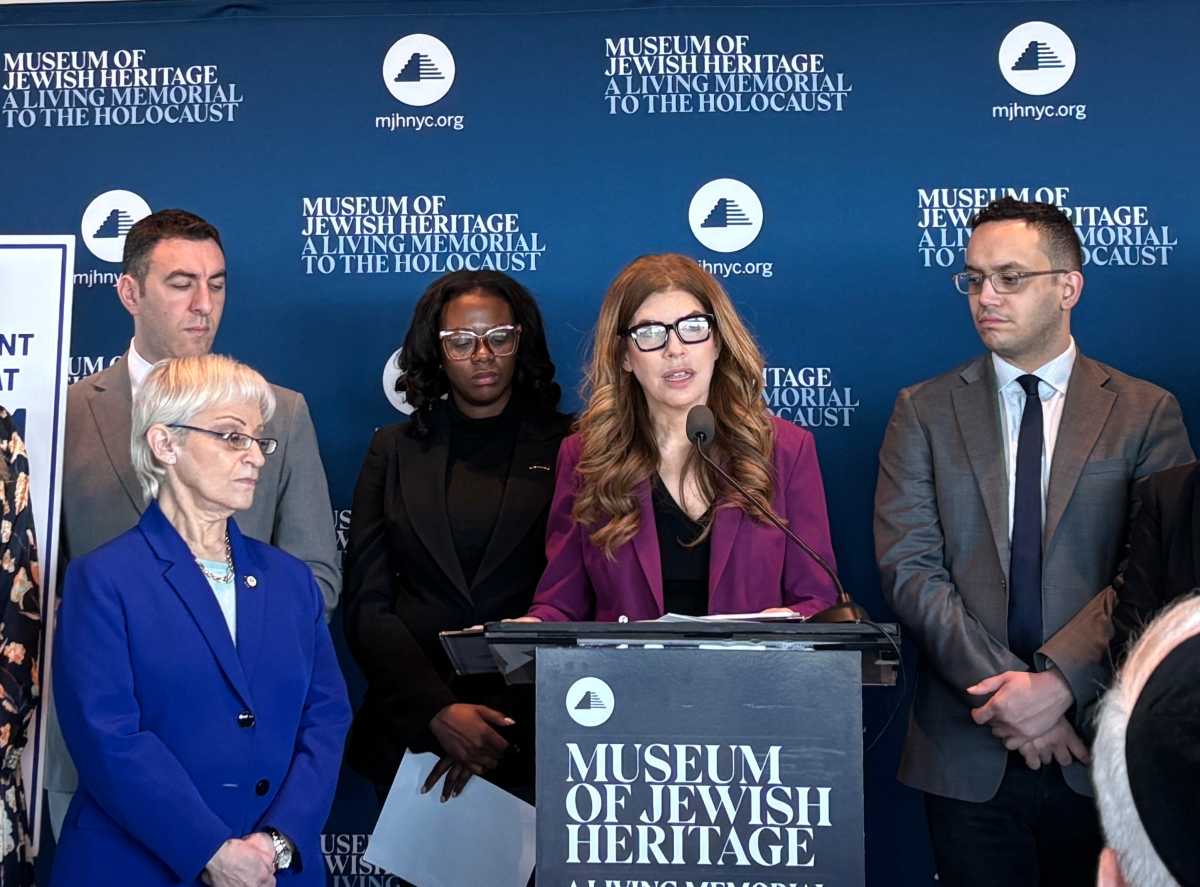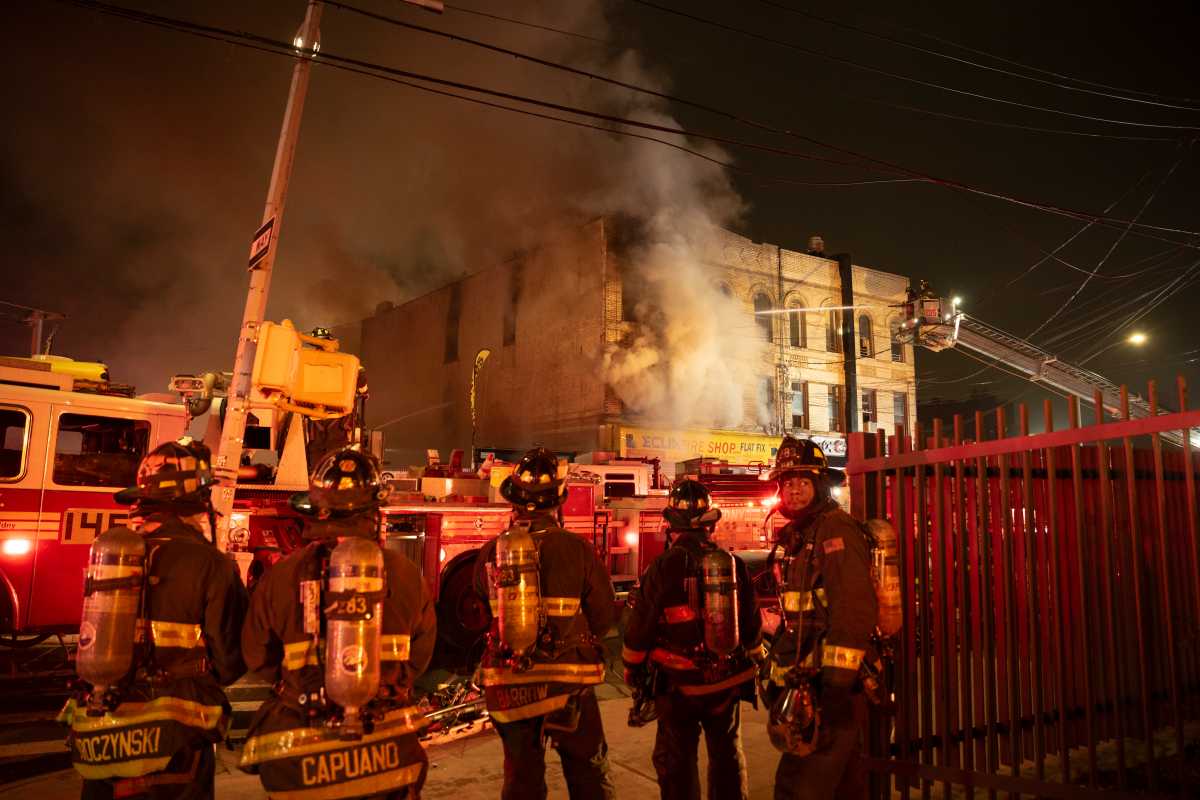“New York City has more miles of waterfront than Seattle, San Francisco, Chicago and Portland combined – but for decades, too many neighborhoods have been blocked off from it,” said Mayor Bloomberg who, along with Council Speaker Christine Quinn, unveiled a $3.3 billion project that would transform the city’s waterfront and waterways.
“We have made huge strides in reconnecting communities to the waterfront, and now we launching an ambitious plan that ties those projects together into what will be one of the most sweeping transformations of any urban waterfront in the world,” said Bloomberg.
The transformation includes 130 funded projects to be completed over the next three years and “Vision 2020,” the strategic implementation of those projects for the future of New York City.
The plan – which was submitted to the City Council, Public Advocate, Borough Presidents and 59 Community Boards – has eight goals: expanding public access to the waterfront through parks, greenways and esplanades; the promotion of water-borne transportation; generation of new industrial jobs; facilitation of 21 waterfront development projects with the hope of spurring private investment; protection of wetlands and ecological restoration; improvements to water quality by investing in upgrades to wastewater treatment plants; improvements to government oversight by establishing the In-Water Permitting Task Force and better preparation for coastal storms and flooding.
“The great thing about this plan is that it doesn’t just include recreation and open space, but also focuses on transportation and sustainability, as well as ideas to help preserve and grow the 13,000 maritime jobs in the five boroughs,” said Quinn.
Bloomberg and Quinn expect the creation of at least 3,400 permanent maritime and industrials jobs on the waterfront. The plan also calls for a five-acre waterfront park at Hunter’s Point South in Long Island City. Councilmember Jimmy Van Bramer says that he fully embraces the plan with one exception: the use of artificial turf instead of natural grass in the proposed park.
“[Artificial turf] makes no sense whatsoever,” said Van Bramer, who believes natural grass would be a perfect fit for the proposed passive park. “The park will be great, but it would be perfect if we can get some natural grass there . . . I’m going to continue to oppose it.”
The full plan for the city’s 520 miles of shoreline and updated progress reports can be viewed at www.nyc.gov/waves.































